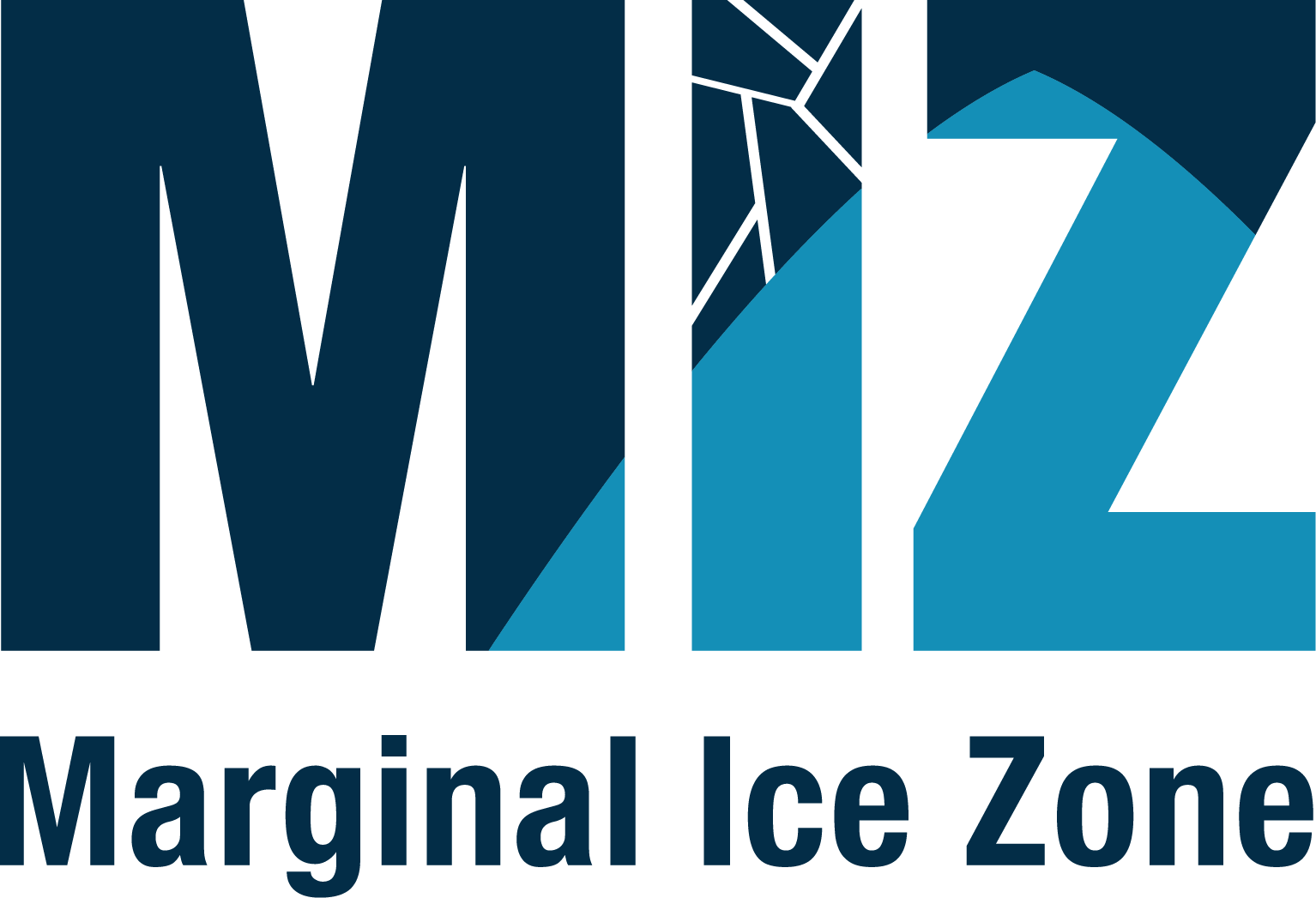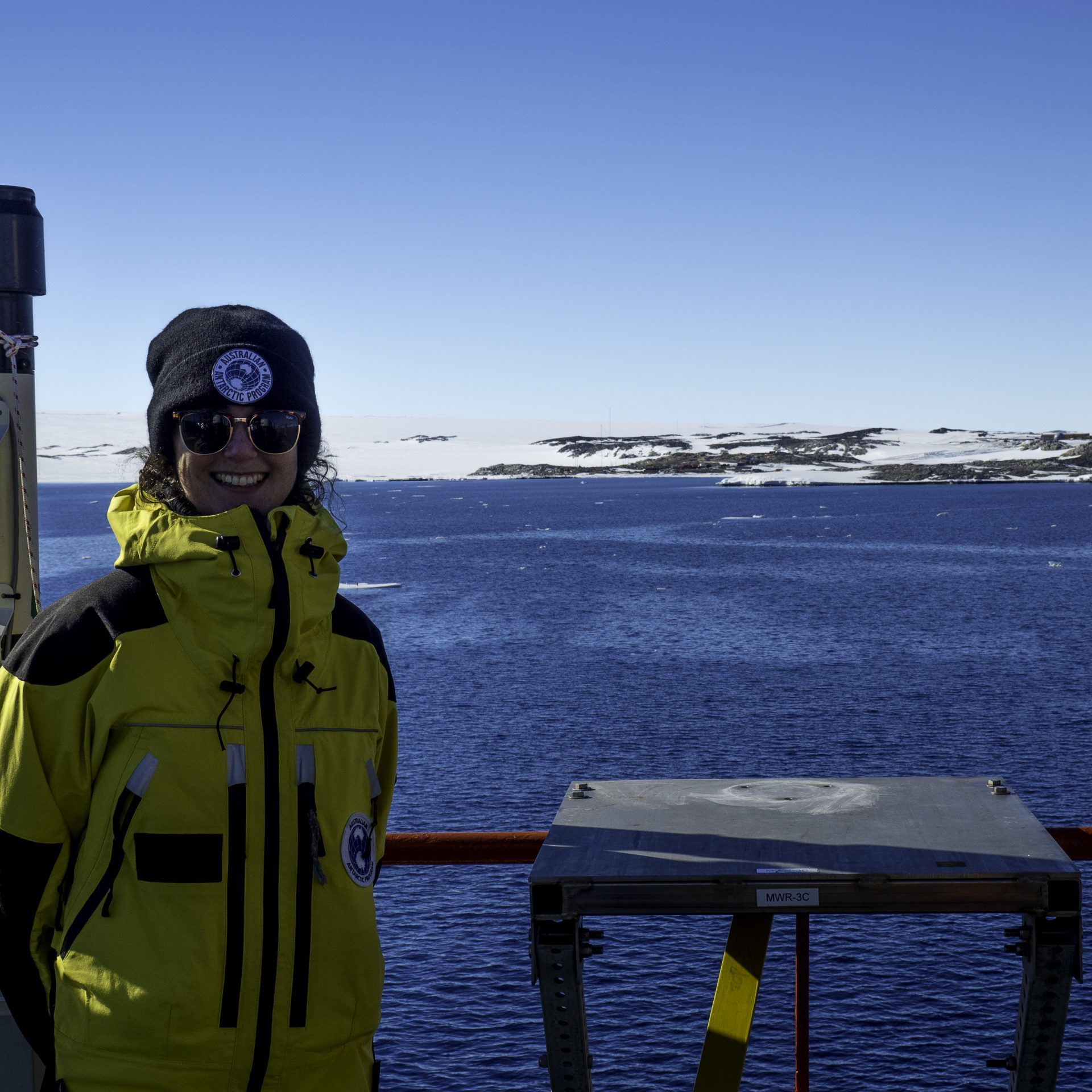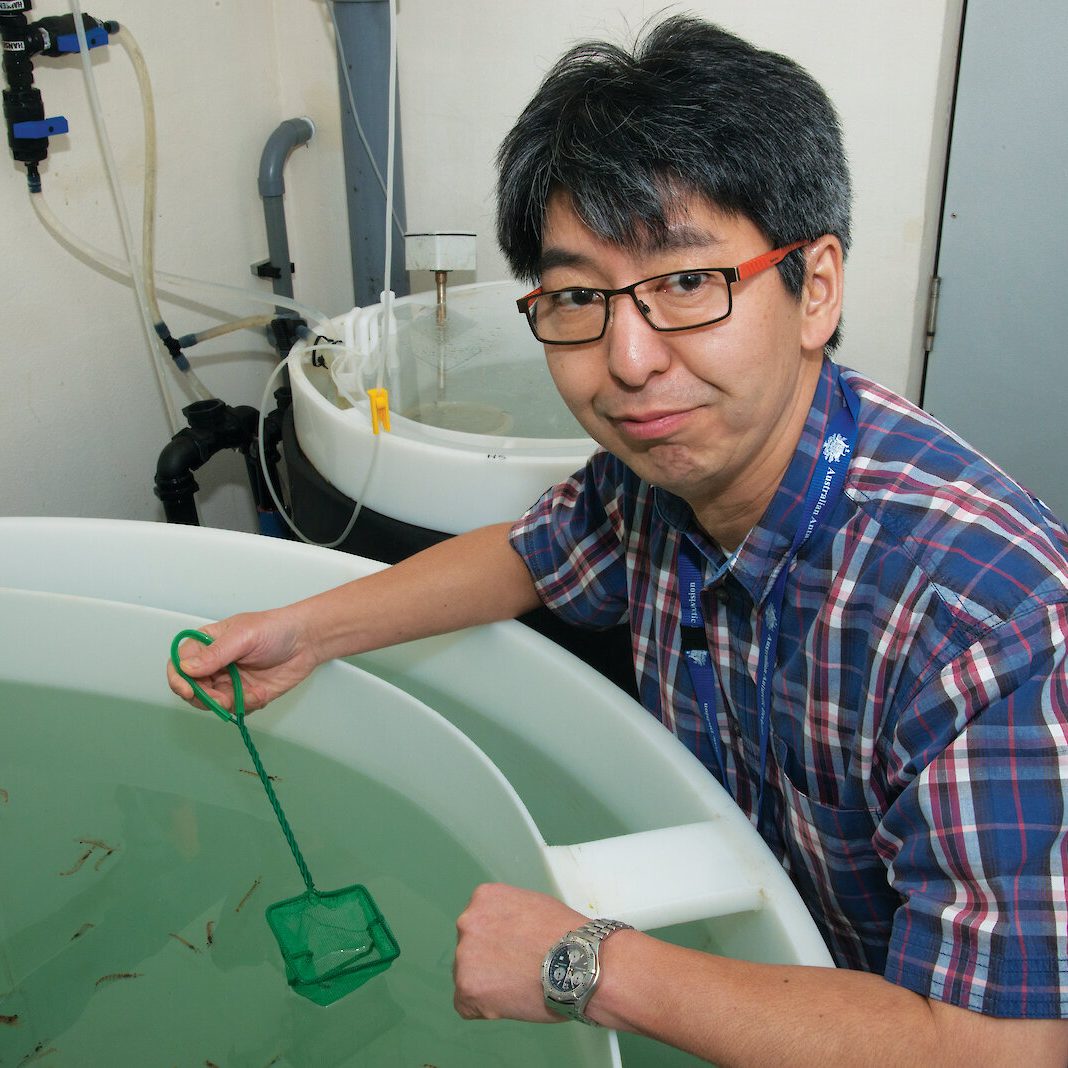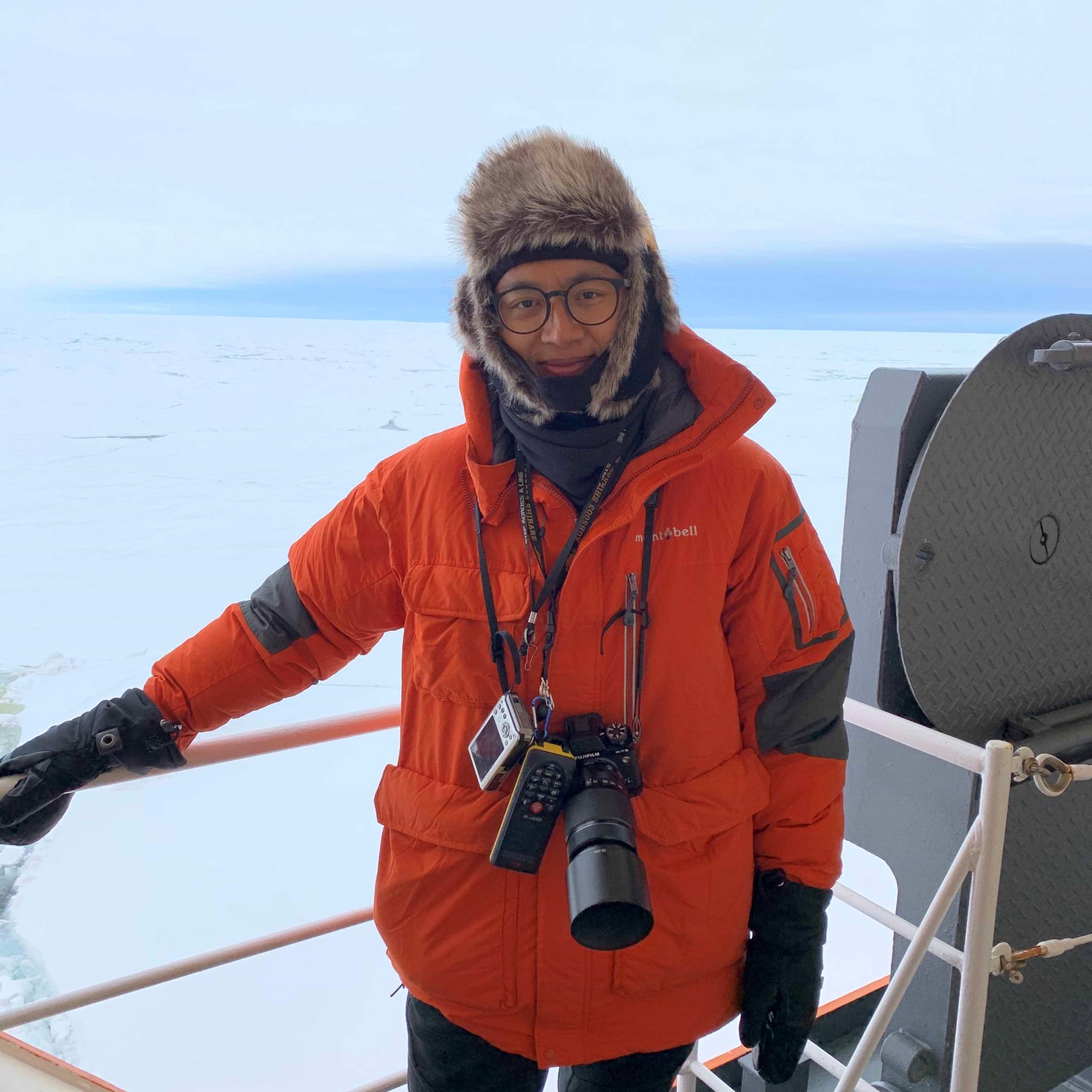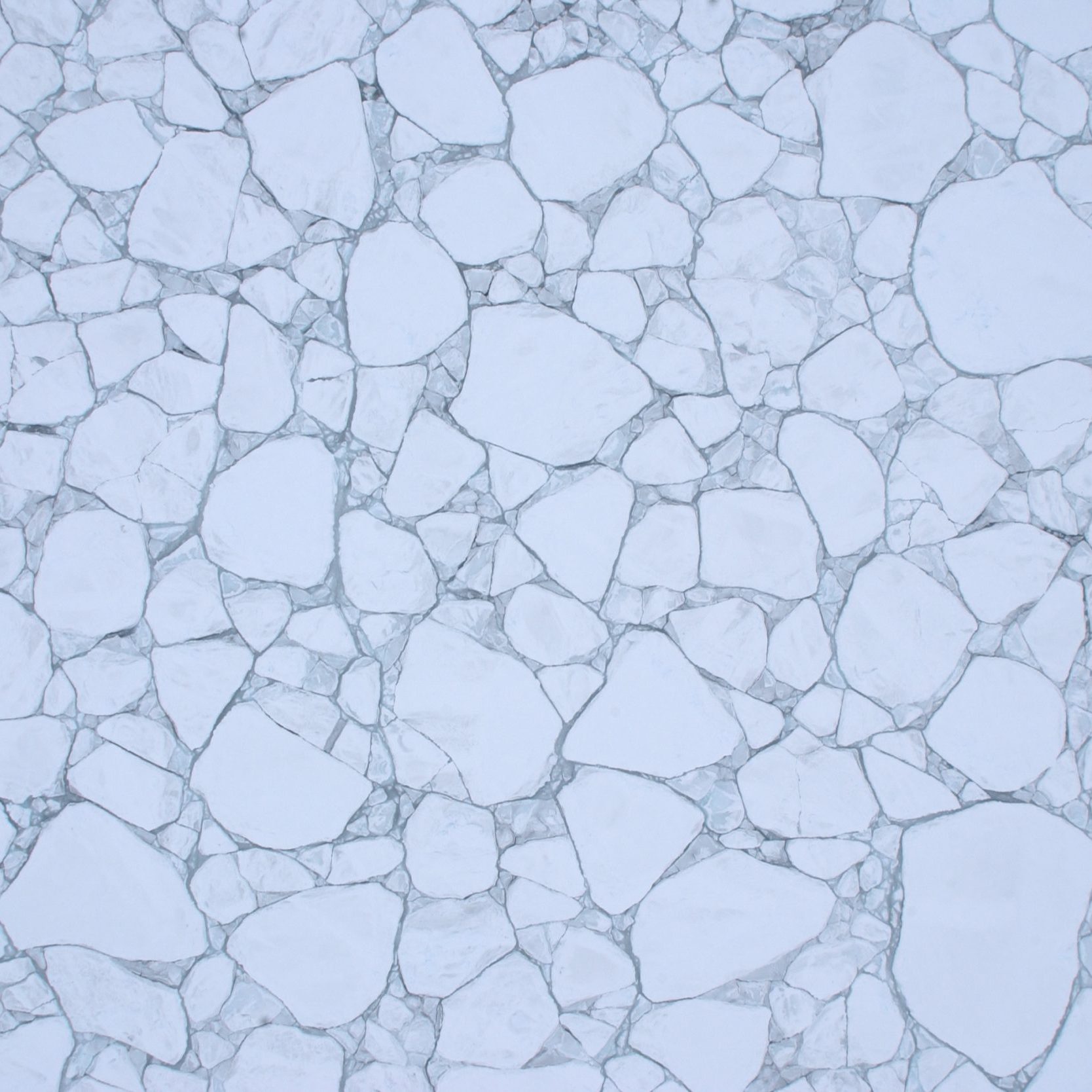WORK PACKAGES
PACKAGE 1: Numerical Modelling
WP1: Numerical modelling
WP1 will develop, test, and implement new parameterisations for weather forecasts and climate simulations. Climate models exhibit a substantial bias in austral summer surface radiation that increases towards high Southern latitudes. The latitudinal bias seems related to biological activity in the upper ocean [Mace et al., 2021; McFarquhar et al., 2021] by delivering precursor gases to the boundary layer. The gases alter the microphysical properties of aerosols, clouds, and precipitation. We will measure aerosols, clouds, radiation, and precipitation in the MIZ region during springtime and investigate how they relate to biogeochemical cycles in the upper ocean. This campaign should also be one of the first opportunities to validate the European Space Agency EarthCARE cloud radar/lidar satellite.
Leads
PACKAGE 2: Climatologies
WP2: Climatologies
Existing Southern Ocean data is relevant to describing the MIZ. WP2 will review in-situ, remotely sensed, and space-borne observations and assess (in consultation with the other WPs) their relevance to the MIZ Study. Where permitting, this work package will archive that existing data and eventually construct a data portal to be the basis for planning MIZ sampling strategies. WP2 aims to develop a state tracker for the East Antarctic sea-ice zone that includes physical and biogeochemical components, served on a web portal for real-time data analysis with graphics functionality.
Leads
PACKAGE 3: Sea-Ice Physics
WP3: Sea-ice physics
Physical characterization of the sea-ice/ocean interface forms the backbone of this study. The aim is to sample, remotely sense, and measure sea-ice and snow properties for all ice types in the Antarctic MIZ. Drones will extend our reach for taking actual samples (i.e., ice coring), observations, and deploying instrumentation (buoys). WP3 measurements will integrate with ocean-sea ice modelling and satellite cal/Val activities. The scientific focus here will be the two-way interaction between waves, swell, and sea ice. Sea-ice stresses as waves roll in from the open ocean (Fig3.5), and numerical models must incorporate this process. It is also essential to describe wave and swell properties in different ice types, floe size, ice concentration, and ice (and snow) thicknesses. 15+ wave buoys will be deployed in the open water just north of the ice edge to track momentum in MIZ dynamics. Several wave-ice interaction buoys deployed during each loop around the MIZ Box will measure wave decay as a function of ice conditions.
Leads
PACKAGE 4: Oceanography
WP4: Oceanography
The Southern Ocean (south of the subtropics) holds the majority of the global oceanic uptake of excess heat and more than a quarter of the global uptake of excess carbon from the atmosphere. Interactions between ocean and atmosphere in the highly changing transition zone from open water to sea-ice covered ocean are little known [adap. Rintoul 2018]. Physical characterisation of the (surface) ocean and how it evolves during the end of the ice-growth season and through the spring transition will provide insights into coupled ocean-sea ice atmosphere processes for a region with some of the most robust couplings between climate- and ecosystem. Intensive sampling of subsurface physical oceanography in the oceanic mixed layer will provide information for ecosystems and BGC studies, as well as for ocean-sea ice model evaluation.
Leads
PACKAGE 5: Ecosystems
WP5: Ecosystems
MIZ ecosystem research will span work across the entire food web from microbes to krill and extend to higher trophic levels. Sampling will include sea-ice sampling, under-ice observations with an instrumented ROV (operated from Nuyina's moonpool), pre-voyage deployment of a BGC-Argo float, deployment of in-situ pumps, a ship-based CTD rosette, trawls (RMT and Bongo-net), Nuyina wet-well sampling, and underway wildlife observations. The ecosystem team will require access to the ice, ship-board/deck-based incubators, wildlife observation boxes, and the 'radvan' to work with isotopes (C14 and F55). Long-range drone capability will support aerial surveys of airbreathing animals, such as cetaceans, seals, and seabirds.
Leads
PACKAGE 6: Biogeochemical
WP6: Biogeochemical
The distribution and timing of the sea-ice cover directly control how much carbon dioxide (CO2) is exchanged between the ocean and the atmosphere. Sea ice also regulates the uptake and emission of other climate-relevant gases such as methane (CH4), which can warm the Earth's surface, and dimethylsulphide (DMS), representing a negative climate feedback. The BGC WP will work closely with WP3, WP5 and WP7 to ensure a multifaceted approach, holistic view of the MIZ system, and a realistic parameterisation of models developed and used by WP1.
Leads
PACKAGE 7: Atmosphere
WP7: Atmosphere
The DMS-aerosol-cloud-radiation pathway can only be observed using a collection of multi-disciplinary datasets encompassing the whole process chain from phytoplankton to the formation and release of gases to the atmospheric boundary layer, precursor gas, aerosol formation, and resulting modulation of cloud and precipitation properties. A suite of instruments will be deployed in various locations on the RSV Nuyina to continuously monitor critical processes and interactions along this chain. The main sampling will take place during the MIZ Study voyage. However, to measure beyond the spring transition, at least a subset of instruments (i.e., preferably automated systems) will be used (either on RSV Nuyina or, if logistically possible, on a vessel of a COMNAP partner) to extend the atmospheric measurements temporally.
Leads
PACKAGE 8: Autonomous platforms and remote sensing
WP8: Autonomous platforms and remote sensing
Physical, BGC, and ecosystem properties of the upper Southern Ocean, sea ice, snow cover, and the atmosphere will be resolved at various spatial scales using drones, remotely operated vehicles (ROVs), autonomous instrumentation, and satellite data. Quality digital information in these data streams depends on sampling frequency and measurement precision.
Leads
PACKAGE 9: Sediments
WP9: Sediments
The Antarctic continental margins are hotspots for the biogeochemical cycling of carbon, nutrients, and biologically essential trace metals such as Fe and Mn. However, little is known about the impact of benthic processes on Antarctic biogeochemistry and ecosystem functioning and how these vary across the marginal sea ice zone. To address these gaps, we will investigate nutrient and element cycling in seafloor sediments and porewaters and combine these observations with co-located water column measurements (WP4; WP6; nutrients, biological parameters, trace metals, and their isotopes, particles, etc). Our observations will determine the importance of benthic fluxes and provide data linking water column observations to sedimentary proxies used for past climate reconstruction.
Lead
OTHER
Other
- Here, a subset of interactions during the MIZ voyage will be observed to study scientific and operational decision-making against the background of an isolated cohort subject to operational limitations. (Really?) During fieldwork, time pressure is a common factor affecting professional and social interactions [Semmer et al., 1999]. Scientific (and operational) decision-making will be assessed against, for example, team cohesion.
- The MIZ Team is keen to channel up-to-date Earth System information to various audiences. In this context, there may be support for an art or media project to establish a lasting script/tool/idea and to communicate updates from our polar Earth system research.
